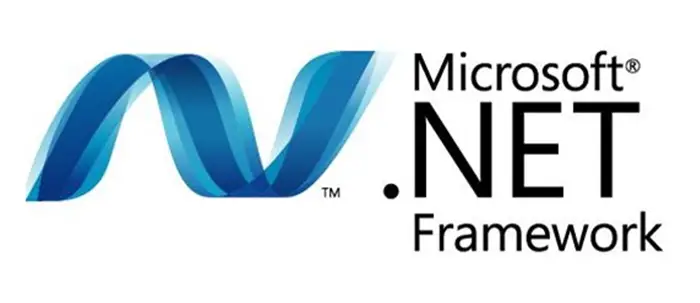If you have encountered different problems while installing the .NET Framework on your Windows PC, this guide is for you. Here are some of the most common solutions to troubleshoot .NET Framework installation issues on Windows 11 and Windows 10 PC.
The Microsoft .NET Framework is a software framework that can be installed on computers running Microsoft Windows operating systems. It includes a large library of coded solutions to common programming problems and a virtual machine that manages the execution of programs written specifically for the framework.

Troubleshoot .NET Framework Installation Issues on Windows 11/10
To troubleshoot .NET Framework installation issues on Windows 11/10, follow these solutions:
- Run DISM Tool
- MSI software update registration corruption issues
- Repair existing versions of .NET Frameworks
- Run .NET Cleanup Tool for .NET Frameworks.
Let us see these suggestions in detail.
1] Run DISM Tool:
Windows 11/10 users may follow these steps to run the built-in Deployment Imaging and Servicing Management. In Windows 11/10, the Inbox Corruption Repair brings the functionality of CheckSUR into Windows. You do not require a separate download to get the tool. You may simply Run DISM Tool.
The System Update Readiness Tool checks System resources, such as file data, registry data, and even in-memory data, which can develop inconsistencies during the lifetime of the operating system and would try to resolve it in Windows 7 and earlier.
2] MSI software update registration corruption issues:
Sometimes the software update registration might cause issues in applying updates from Windows Update. Microsoft has a Microsoft Fixit tool that would resolve such issues.
Read: How to check .NET Framework version installed.
3] Repair the existing versions of .NET Frameworks:
Windows OS comes with .NET Frameworks pre-installed. Sometimes that version might have been corrupted. So what we could do is to reinstall .NET through Programs and Features and run SFC /SCANNOW command to scan the integrity of all protected Windows system files.
- Click on Start and under search type in appwiz.cpl
- Then click on Turn Windows Feature On or Off
- Uncheck on .NET Frameworks and click OK
- Restart your System
- Now click on Start and under search type in CMD
- Right Click on CMD and Run as administrator
- Next type in SFC /SCANNOW
- Click on Start and under search type in appwiz.cpl
- Then click on Turn Windows Feature On or Off
- Check on .NET Frameworks and click OK
- Then test it and see if that works.
4] Run .NET Cleanup Tool for .NET Frameworks 4.0:
Sometimes the failed install of .NET Frameworks might have some left-over files. So by running this tool, we can make sure that all left-over files will be removed.
Other solutions:
- Restart your computer once and restart the installation process.
- Always download the installer from the official website.
- Uninstall the older version and start the installation.
Read: Fix 0x800f0950 .NET Framework 3.5 Installation Error in Windows
Is .NET Framework compatible with Windows 11?
Yes, the .NET Framework is compatible with Windows 11. The best thing is that your Windows 11 comes with .NET Framework 4.8. However, you can always update it to version 4.8.1. The same thing applies to Windows 10 as well.
Read: Microsoft .NET 9.0 is now generally available for download.
How do I force install .NET Framework 3.5 on Windows 11?
Although .NET Framework 3.5 is already included in v4.8, you can add or remove it manually. For that, open the Windows Features panel and find the .NET Framework 3.5 checkbox. Tick the checkbox and click the OK button. Let it be finished and restart your computer.
If these steps fail please see if any of these links are of assistance: